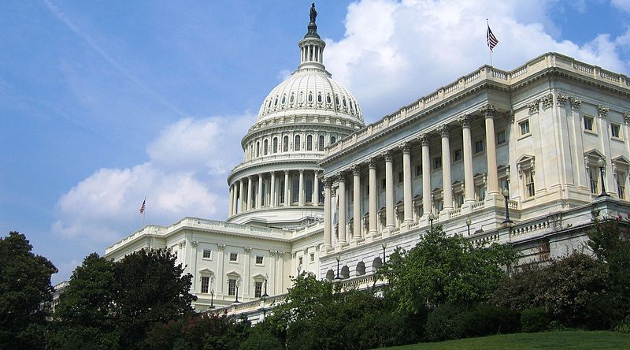Most people have heard of the Laffer Curve, which shows that there is a non-linear relationship between tax rates and tax revenues (for instance, doubling tax rates won’t produce a doubling of tax revenue because people and businesses will have less incentive to earn and report income).
There’s something similar on the spending side of the budget. I call it the Rahn Curve and it shows there is a non-linear relationship between government spending and economic performance.
The concept is not controversial, just like the concept of a Laffer Curve is not controversial.
What does trigger disagreement, however, is figuring out the shape of the curve, especially the growth-maximizing size of government (or, in the case of the Laffer Curve, the revenue-maximizing tax rate).
Much of the academic literature suggests that is maximized when government spending consumes about 20-plus percent of economic output.
But I’ve questioned whether these studies are correct, based on data limitations that are inherent when doing research based on post-WWII numbers.
Those numbers tell us interesting things (the East Asian tiger economies have been star performers and have relatively small spending burdens), but does that mean government should consume 20 percent of GDP when we know from history that Western nations grew rapidly in the 1800s and early 1900s when there was no welfare state and the public sector consumed only about 10 percent of economic output?
Given my interest in these issues, I was intrigued to see a new study on the Social Science Research Network. Authored by Hisham Mohamed Hassan of the University of Khartoum, it estimates the growth-maximizing size of government in Sudan.
The bad news is that the study is in Arabic. The good news is that there is an abstract in English. Here are some of the findings.
Policies related to the level of government spending are considered one of the most important economic issues, and aspects that drew particular attention of its impact on economic growth. This paper aims to determine the size of the government of Sudan, which is reflecting positively on the optimal allocation of the resources and the level of public spending that maximizes economic growth. In addition to testing whether there is a long-run relationship between the size of the government and economic growth in Sudan? The findings show that the relationship between government size and economic growth in Sudan is nonlinear (Armey) curve, the ARDL model shows that there is a short and long-run relationship between the size of the government and economic growth in Sudan. The optimal size of the Sudanese government, based on the share of public spending, should not exceed 11.17% of GDP.
Since I can’t read the full study, there’s no way of assessing the quality of the research and/or if the conclusions are only appropriate for Sudan, or also appropriate for other developing nations, or universally applicable to all countries.
But even if the results are not applicable to rich countries, the conclusions are very useful since they debunk the absurd notion (peddled by the IMF, OECD, and UN) that developing nations should have bigger governments.
P.S. For those interested, here’s my video explaining the Rahn Curve (or Armey Curve if you prefer).
P.P.S. You can watch other videos on this topic by clicking here, here, here, and here).
P.P.P.S. Interestingly, some normally left-leaning international bureaucracies have acknowledged you get more prosperity with smaller government. Check out the analysis from the IMF, ECB, World Bank, and OECD.
———
Image credit: Martin Jacobsen | CC BY-SA 3.0.



